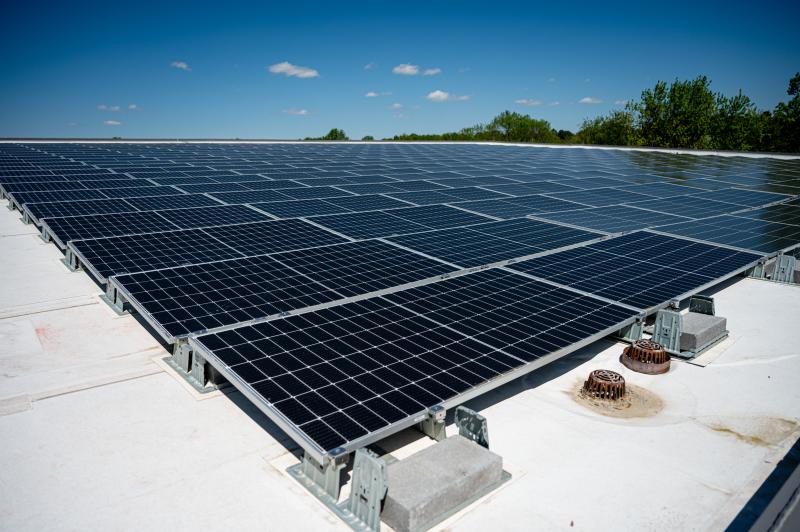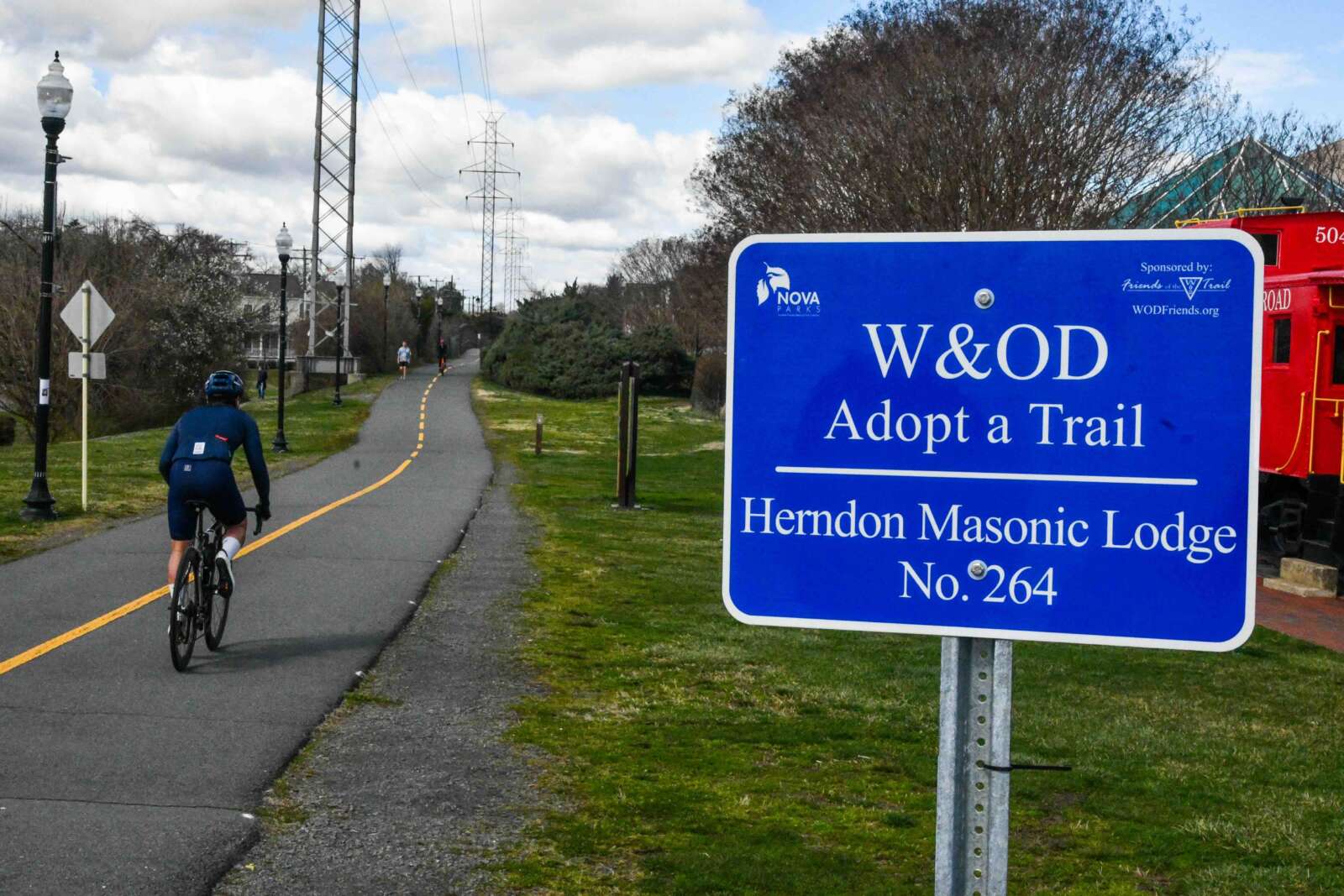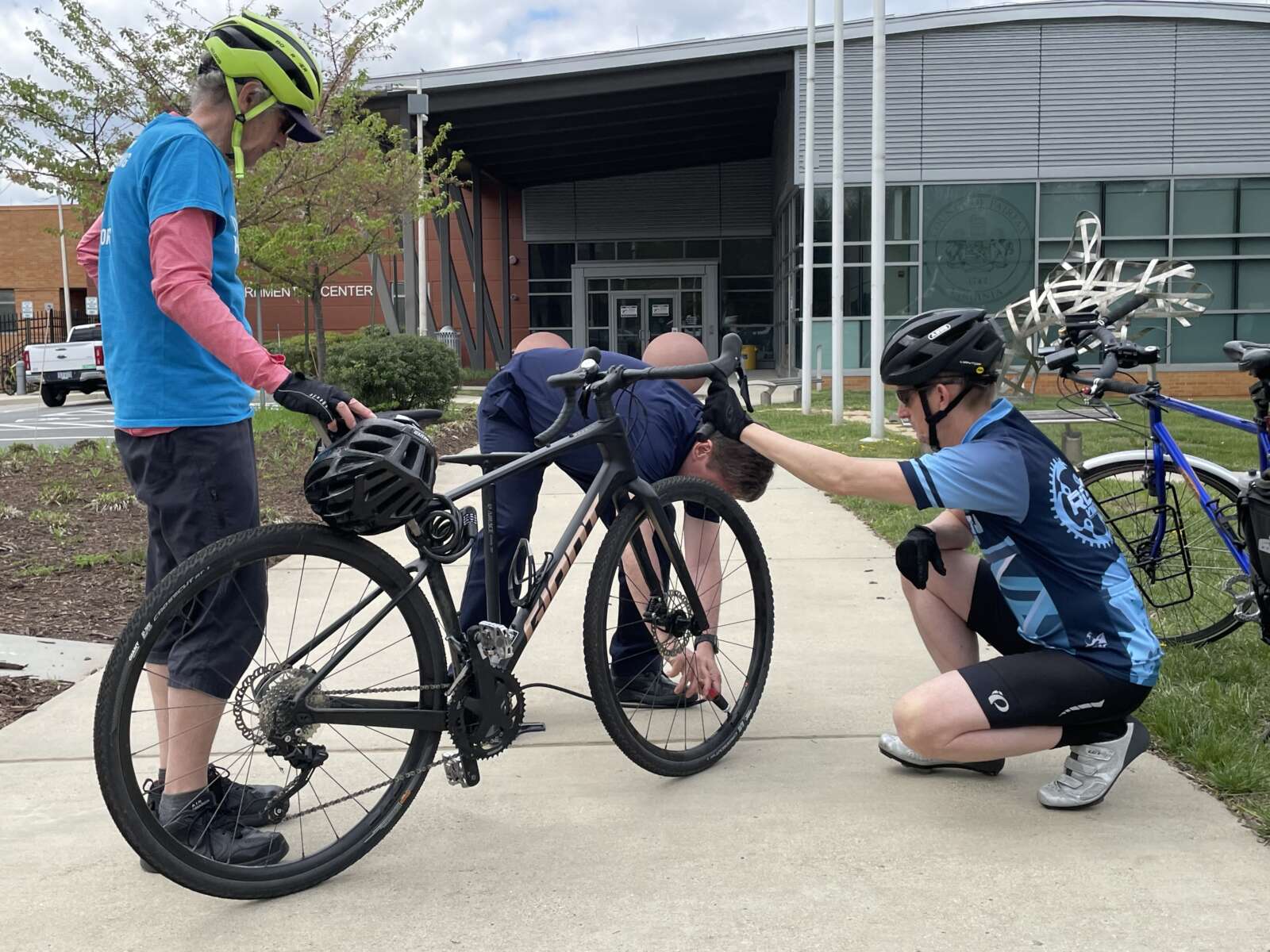The cost of living in Tysons is high — most of the new residential developments around Tysons advertise their new living units as “luxury” — and there’s a good reason why.
And as developers fight over the last few pieces of prime real estate near Metro stations, some are admitting that the cost of setting up shop in Tysons is unlikely to go down anytime soon.
At Bisnow’s Tysons State of the Market event yesterday (Thursday) at 1600 Tysons Boulevard, developers met to discuss the challenges and opportunities facing the region over the next few years.
“Costs have risen,” said Gary Block, chief investment officer for the Meridian Group, developers of The Boro. “It’s tough to underwrite new residential development today. Rents have to be very high to justify development.”
One of the biggest drivers of cost in Tysons is also one of the biggest draws: nearly unlimited density. Speakers at the State of the Market event said a high capacity for density means developers are looking to get more out of each plot of land, which means building up, and that means using more expensive steel frames rather than wooden frames.
“Wood frame is an option,” said Jim Policaro, senior vice president of Lerner. “But you’re giving up potential density. You’re going to have more noise issues with wood frame construction, but the net effect is rent that might be slightly lower. If you’re willing to give up some density and sacrifice the height you can get, it’s definitely a viable option.”
But the market for residential development in Tysons is focused on areas near Metro, areas where density is king.
“Residential coming into the market is driven by density, “said Mark Carrol, executive vice president of Skanska Commercial Development. “These locations are within walking distance of the Metro.”
Developers said a boosted demand for higher-end residential development will likely be one of the main impacts of the new Amazon headquarters in Arlington.
“Not everyone can live in Arlington, or wants to,” said Policaro. “Employees who are married with children might see Tysons as a laudable option for residential.”
Carrol added that from a cost perspective, developers have seen an escalation of almost 7 percent in this market. If there are residential developments that are more affordable than the new luxury developments, they will have to be in places further away from Metro access.
“Those further away from the Metro are going to have to make certain changes and accept the fact that their rent streams are going to be significantly lower,” said Brian Tucker, managing director for JLL.
As for who is moving into these high-end residential developments, Bob Kettler, founder and CEO of Kettler, said half of the people moving into condominiums in the area are “empty nesters” — older couples whose children have left their home. The other half is split between professional couples and affluent single professionals.
Kettler also noted that the demand is still very present for high-end residential, with prices on units moving up three times over the last four months.





